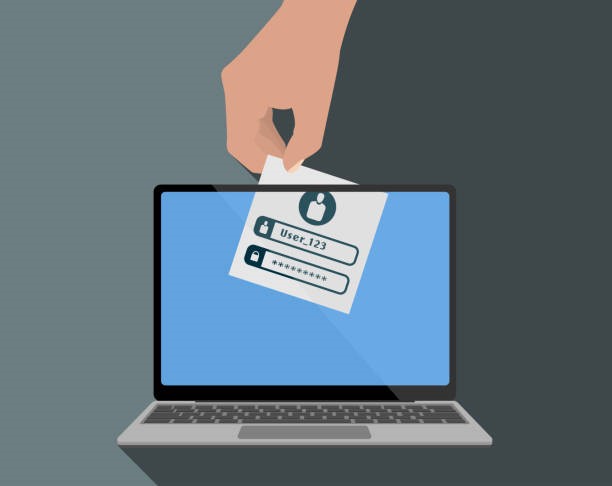

When most people think of cyberattacks, they picture hackers breaking in from the outside. But the reality is, not all threats come from strangers. Sometimes, the biggest risks come from people who already have access to your systems – employees, contractors, or trusted partners. These are called insider threats and are often overlooked by businesses.
What is an Insider Threat?
An insider threat refers to a risk that comes from someone inside your organization. It could be a current or former employee, partner, vendor, or anyone with authorized access to your systems, data, or operations.
Because insiders already have knowledge of how your business works — its structure, systems, access points, and weak spots – they can sometimes be more dangerous than outside attackers.
Two Main Types: Malicious vs Negligent
Insider threats mainly fall into two categories:
Example: Stealing trade secrets, selling company data on the dark web, deleting important files.
Negligent breaches often open the door for bigger attacks like malware or ransomware to spread.
Because negligent threats don’t come from ill intent, they’re harder to spot and often sneak in as part of a larger attack.
Why Insider Threats Are Difficult to Detect
Because of these challenges, preventing insider threats requires strategies that go beyond typical perimeter defenses.
What to Watch For
To detect insider threats early, keep an eye out for behavior or activity that is out of the ordinary. Some warning signs include:
These behaviors don’t always indicate bad intent, but they’re red flags worth investigating.
Who’s at Risk?
Every company is vulnerable, including small businesses. If an insider exists, the potential for insider threats exists too.
But the ones most often targeted include firms that hold sensitive data, IP, or regulated information. Industries like healthcare, finance, manufacturing, insurance, energy, and government are common victims.
Keep in mind that a breach can also lead to fines, regulatory penalties, and lawsuits – meaning the damage isn’t just reputational or operational.
What You Can Do
Here are actionable ways to protect your business from insider threats – both malicious and negligent.
1. Educate and Train Your Team: People are your first line of defense. Ongoing training helps employees recognize phishing attempts, use strong passwords, and follow good security habits.
DDKInfoTech offers continuous cybersecurity training to keep your staff informed and prepared against the latest threats.
2. Keep Everything Up to Date: Software vulnerabilities are one of the easiest ways in. Make sure operating systems, applications, and security tools are patched and updated promptly.
3. Monitor Access and Behavior: Implement systems that continuously monitor user activity, access patterns, and abnormalities. These systems can flag unusual behavior like someone accessing files they normally don’t or working at odd hours.
With our MDR (Managed Detection and Response) solution, you’ll have a specialized security analyst monitoring your devices 24/7 and out of the ordinary behaviors will be spotted immediately. Then, it’ll evaluate the context of the threat and respond accordingly to prevent a threat from occurring. It responds quickly, even during the early stages of an attack to reduce impact.
4. Strengthen Identity Security: Because so many insider or identity-based attacks hinge on compromised accounts, you should:
Protecting Your Business Starts Inside
The myth that hackers always come from the outside is dangerous. Insider threats are real, sometimes even more insidious, and often harder to detect and contain.
But with the right mix of education, tools, and support, you can significantly reduce your exposure.
Contact us today to learn how our ongoing training and MDR services can help safeguard your business against insider threats.

